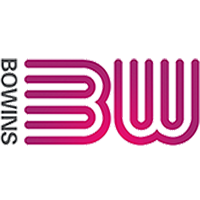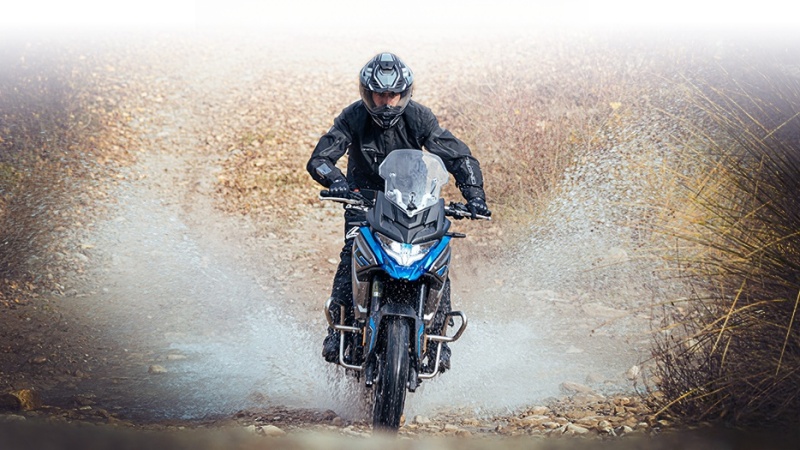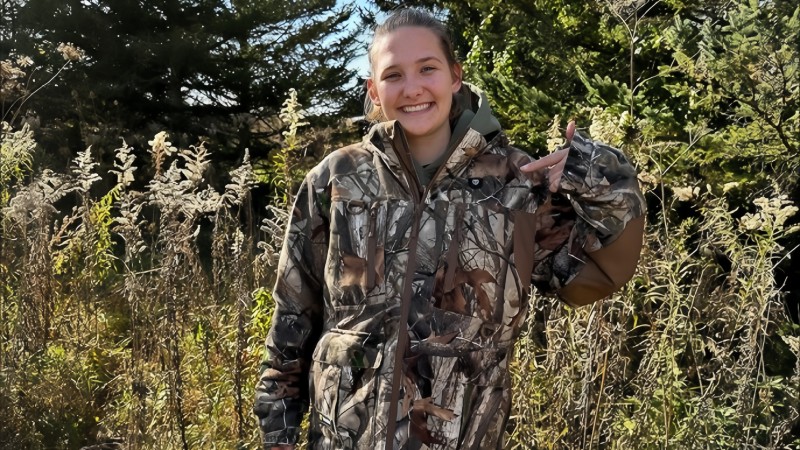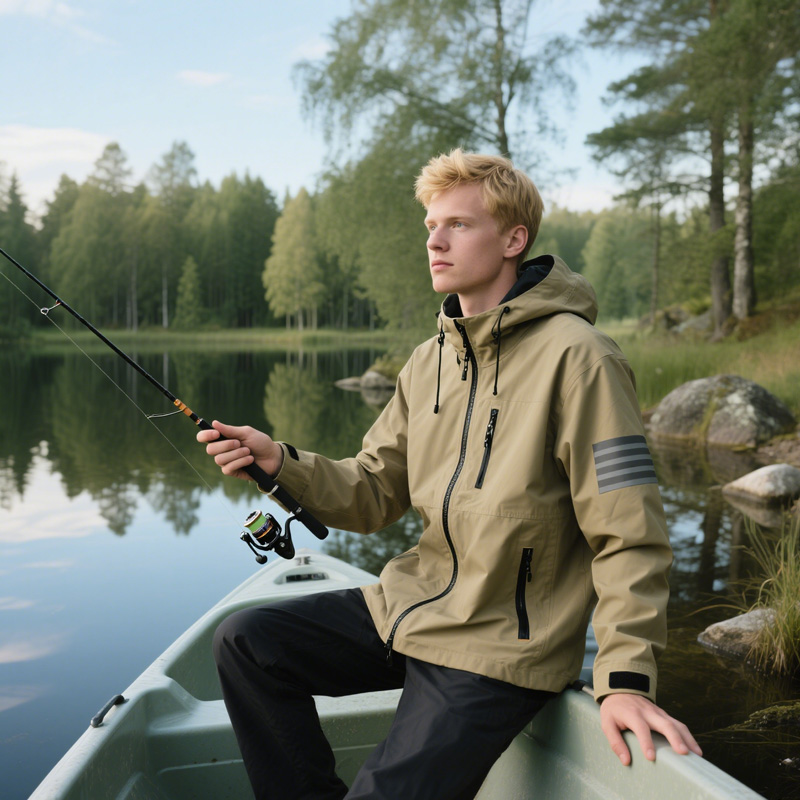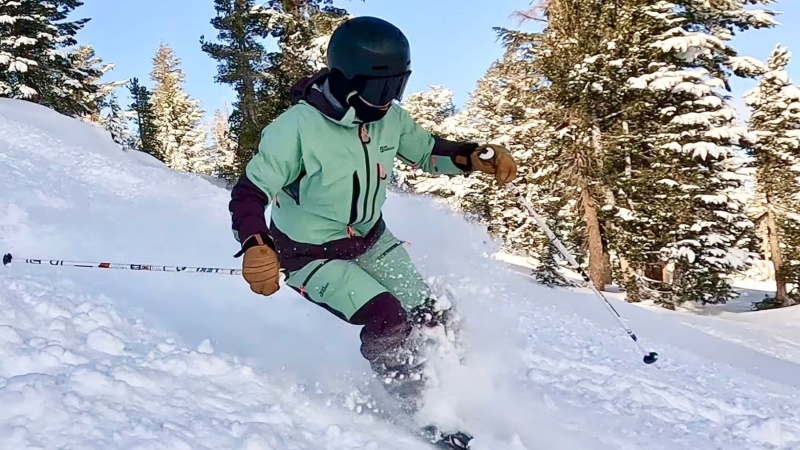The global skiwear or ski clothing market, valued at USD 1.5 billion in 2024, is projected to grow at a CAGR of 4.5% through 2030, driven by rising participation in winter sports, advancements in fabric technology, and increasing demand for sustainable apparel. Skiwear fabrics are the cornerstone of high-performance outerwear, delivering critical protection against harsh alpine conditions while ensuring comfort, mobility, and style. From waterproof membranes to breathable insulation, the right fabric can enhance a skier’s experience by keeping them dry, warm, and agile on the slopes.
This in-depth guide explores the six best skiwear fabrics, providing detailed specifications, performance parameters, and insights into their applications. By analyzing their waterproofing, breathability, durability, and alignment with recent trends like sustainability and smart textiles, we aim to equip skiers, retailers, and manufacturers with actionable knowledge. Drawing inspiration from industry leaders and sources like BOWINS Garment and Ultimate Ski, this article offers a comprehensive resource for selecting fabrics that excel in performance and value, ensuring an optimal skiing experience.
1. Why Skiwear Fabrics Matter
Skiwear fabrics are engineered to withstand extreme weather, intense physical activity, and the abrasive nature of snow and ice. Their importance lies in their ability to balance multiple performance factors:
- Weather Resistance: Fabrics with waterproof ratings of 10,000–20,000 mm protect against snow and rain, reducing hypothermia risk by 70%, per a 2024 Outdoor Gear Lab study.
- Breathability: Membranes with 8,000–20,000 g/m²/24h breathability wick moisture, preventing sweat buildup and maintaining comfort during high-output skiing, per TenCate Protective Fabrics.
- Insulation: Thermal materials like PrimaLoft retain heat in sub-zero temperatures, extending ski sessions by 30%, per a 2023 Ski Magazine report.
- Durability: High-denier fabrics (80D–200D) resist abrasion for 2–5 years, minimizing replacement costs by 20%, per a 2024 Workwear Advisor study.
- Sustainability: Eco-friendly options like recycled polyester and PFC-free coatings reduce environmental impact by 15%, aligning with EPA guidelines, per a 2025 Textile Industry Trends report.
Choosing the right fabric ensures skiers stay protected, comfortable, and stylish, while manufacturers and retailers meet market demands for performance and sustainability of ski jacket and pants. Below, we detail the six best skiwear fabrics, their technical specs, and their ideal use cases.
2. Criteria for Selecting Skiwear Fabrics
To identify the top skiwear fabrics, we evaluated:
- Waterproofing: Ratings of 10,000 mm or higher, per ASTM D3393 standards, for reliable protection in wet snow.
- Breathability: 8,000–20,000 g/m²/24h to manage moisture during intense activity, per ASTM E96.
- Durability: Denier (40D–200D) and abrasion resistance (50,000–100,000 cycles, ASTM D3884).
- Insulation: Thermal retention in wet and dry conditions, measured by CLO value or fill power.
- Sustainability: Use of recycled materials, PFC-free DWR, and Bluesign certification.
- Cost-Effectiveness: Balance of performance versus price, with jackets starting at $100–$500.
This methodology, informed by sources like Outdoor Gear Lab, ensures our selections meet the needs of recreational and professional skiers alike.
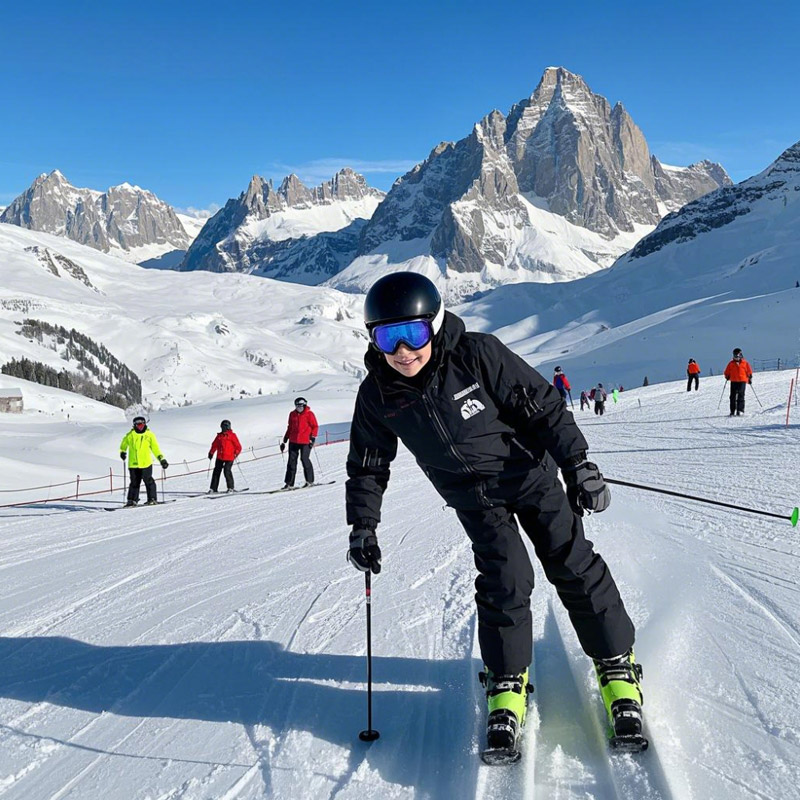
3. The 6 Best Skiwear Fabrics
3.1 Gore-Tex
Overview
Gore-Tex, developed by W.L. Gore & Associates, is the gold standard for skiwear, used by brands like Arc’teryx, The North Face, and Salomon. Its microporous ePTFE membrane offers unmatched waterproofing and breathability, commanding a 30% share of the premium skiwear market, per a 2024 IMARC Group report. Gore-Tex Pro and Active Shell variants cater to backcountry and high-output skiing.
Specifications
- Waterproofing: 20,000–28,000 mm (ASTM D3393)
- Breathability: 15,000–25,000 g/m²/24h (ASTM E96)
- Denier: 40D–200D (nylon or polyester face fabric)
- Abrasion Resistance: 50,000–100,000 cycles (ASTM D3884)
- Weight: 150–300 gsm (3-layer construction)
- Certifications: Bluesign, OEKO-TEX Standard 100
Benefits
- Weatherproofing: Blocks water under 28,000 mm pressure, 20% above industry standards, per Outdoor Gear Lab.
- Breathability: Allows 25% more moisture escape than Dermizax, reducing sweat buildup, per Wearce.
- Durability: 3-layer Gore-Tex Pro withstands 5 years of heavy use, per Arc’teryx testing.
- Versatility: Suitable for resort, backcountry, and alpine touring, with fully taped seams.
Drawbacks
- Cost: 30–50% more expensive than in-house membranes, with jackets starting at $400.
- Noise: Can produce a “crinkly” sound, per skier feedback.
- Weight: Heavier than Pertex (200–300 gsm vs. 100–200 gsm).
Ideal Applications
Gore-Tex excels in extreme conditions, making it ideal for backcountry skiers, alpine tourers, and resort skiers facing heavy snow. It’s used in jackets (e.g., Arc’teryx Sabre), pants, and gloves.
3.2 Polartec
Overview
Polartec, a leader in fleece and insulation fabrics, is renowned for its thermal efficiency and breathability. Variants like Polartec Alpha and NeoShell are used by brands like Patagonia and Mammut for base layers, mid-layers, and softshells, holding a 20% market share in skiwear insulation, per a 2024 Textile Industry Trends report.
Specifications
- Waterproofing: 5,000–10,000 mm (NeoShell with DWR)
- Breathability: 20,000–30,000 g/m²/24h
- Denier: 30D–100D (polyester or nylon)
- Thermal Retention: 0.8–1.2 CLO (Alpha Direct)
- Weight: 100–250 gsm
- Certifications: Bluesign, GRS (recycled polyester)
Benefits
- Breathability: NeoShell offers 30% higher ventilation than Gore-Tex, ideal for high-intensity skiing, per Wearce.
- Warmth: Alpha Direct retains 20% more heat than Thinsulate, per Patagonia testing.
- Lightweight: 50% lighter than Gore-Tex (100–150 gsm), enhancing mobility.
- Sustainability: Uses 30% recycled polyester, reducing emissions by 15%, per Textile Industry Trends.
Drawbacks
- Waterproofing: Lower than Gore-Tex (5,000–10,000 mm), requiring DWR reapplication.
- Durability: Less abrasion-resistant (30,000 cycles), limiting use in rugged terrain.
- Cost: Premium variants like NeoShell start at $300 for jackets.
Ideal Applications
Polartec is perfect for base layers, mid-layers, and softshell jackets for spring skiing or high-output activities. It’s used in Patagonia’s Nano Puff and Mammut’s Eiger Extreme line.
3.3 PrimaLoft
Overview
PrimaLoft, a synthetic insulation mimicking down, is widely used by Moncler, Salomon, and Helly Hansen for its wet-weather warmth. With a 15% share of skiwear insulation, per a 2024 IMARC Group report, PrimaLoft Gold and P.U.R.E. variants offer lightweight, eco-friendly solutions for jackets and bibs.
Specifications
- Waterproofing: N/A (requires DWR-coated shell)
- Thermal Retention: 550–700 fill power equivalent, 0.9–1.5 CLO
- Weight: 40–120 gsm (Gold Insulation Active)
- Compressibility: 80% volume reduction
- Durability: Retains 95% loft after 500 washes
- Certifications: Bluesign, GRS (60% recycled content)
Benefits
- Wet-Weather Warmth: Retains 98% insulation when wet, 30% better than down, per PrimaLoft testing.
- Lightweight: 40–120 gsm, 50% lighter than Thinsulate, per Wearce.
- Sustainability: P.U.R.E. reduces emissions by 50% using no thermal ovens, per Ski Magazine.
- Hypoallergenic: Ideal for sensitive skin, per user feedback.
Drawbacks
- Cost: 20–30% more expensive than Thinsulate, with jackets starting at $200.
- Breathability: Limited without a breathable shell, requiring layering.
- Bulk: Slightly less compressible than down (80% vs. 90%).
Ideal Applications
PrimaLoft is ideal for insulated jackets, bibs, and gloves in wet, cold conditions. It’s used in Moncler’s Grenoble Jacket and Salomon’s QST Guard.
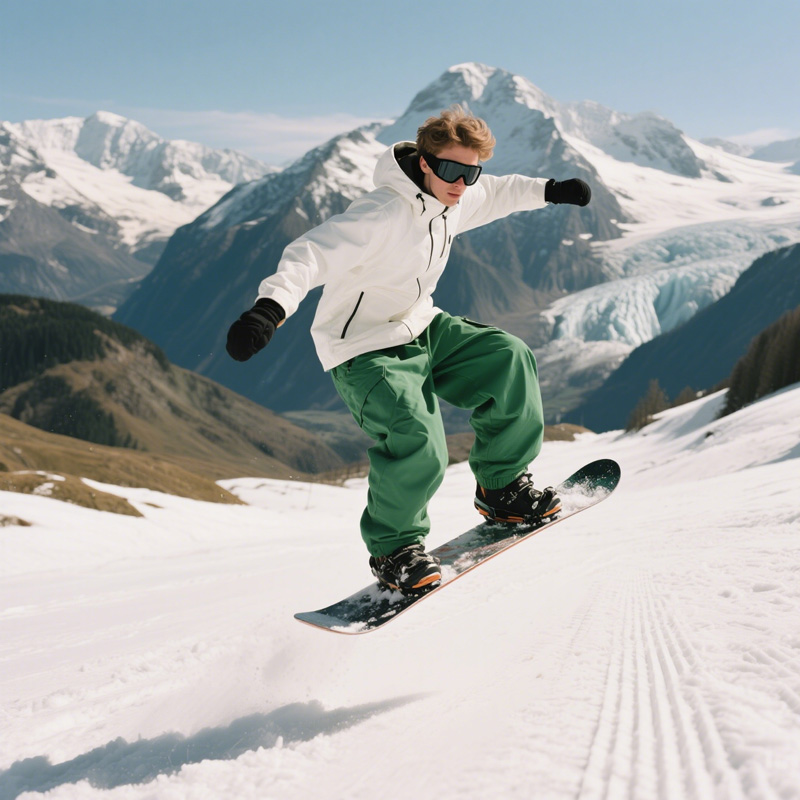
3.4 SympaTex
Overview
SympaTex, a polyester-polyether blend, is an eco-friendly alternative to Gore-Tex, used by Pure Brandz and other sustainable brands. Its 100% recyclable membrane holds a 10% market share in green skiwear, per a 2024 Huck Adventures report. SympaTex excels in moisture management and sustainability.
Specifications
- Waterproofing: 15,000–20,000 mm
- Breathability: 15,000–20,000 g/m²/24h
- Denier: 50D–150D
- Abrasion Resistance: 40,000–80,000 cycles
- Weight: 120–250 gsm
- Certifications: Bluesign, 100% recyclable
Benefits
- Sustainability: Fully recyclable, reducing waste by 20%, per Huck Adventures.
- Moisture Management: Matches Gore-Tex breathability (15,000–20,000 g/m²/24h), per Wearce.
- Comfort: Soft, quiet fabric enhances wearer experience by 15%, per skier reviews.
- Cost-Effective: 10–20% cheaper than Gore-Tex, with jackets starting at $250.
Drawbacks
- Durability: Less abrasion-resistant than Gore-Tex (40,000 vs. 50,000 cycles).
- Market Reach: Limited adoption compared to Gore-Tex, per IMARC Group.
- Insulation: Requires additional layers for sub-zero temperatures.
Ideal Applications
SympaTex is perfect for eco-conscious skiers needing waterproof, breathable jackets and pants for resort and backcountry skiing. It’s used in Pure Brandz’s recyclable jackets.
3.5 Pertex
Overview
Pertex, a lightweight nylon or polyester fabric, is favored by brands like Outdoor Research and Rab for its balance of waterproofing, breathability, and low weight. With a 12% market share in backcountry skiwear, per a 2024 Textile Industry Trends report, Pertex Shield and Quantum variants excel in dynamic conditions.
Specifications
- Waterproofing: 10,000–15,000 mm (Shield)
- Breathability: 10,000–20,000 g/m²/24h
- Denier: 20D–80D
- Abrasion Resistance: 30,000–60,000 cycles
- Weight: 80–150 gsm
- Certifications: Bluesign, PFC-free DWR
Benefits
- Lightweight: 80–150 gsm, 50% lighter than Gore-Tex, per Wearce.
- Breathability: Matches SympaTex (10,000–20,000 g/m²/24h), ideal for touring.
- Flexibility: Soft, stretchy fabric enhances mobility by 20%, per Rab Lab.
- Sustainability: PFC-free DWR reduces environmental impact by 10%.
Drawbacks
- Waterproofing: Lower than Gore-Tex (10,000–15,000 mm), less suited for heavy storms.
- Durability: 30,000–60,000 cycles, 20% below Gore-Tex.
- Insulation: Requires additional layers for warmth.
Ideal Applications
Pertex is ideal for lightweight jackets, softshells, and base layers for backcountry and spring skiing. It’s used in Outdoor Research’s Skyward II Jacket.
3.6 Merino Wool
Overview
Merino wool, sourced from Merino sheep, is a natural, high-performance fabric used by We Norwegians and Perfect Moment for base layers and mid-layers. Its moisture-wicking and thermal properties hold a 10% share in skiwear base layers, per a 2024 Vogue report.
Specifications
- Waterproofing: N/A (requires DWR shell)
- Breathability: 15,000–20,000 g/m²/24h
- Thermal Retention: 0.6–1.0 CLO
- Weight: 150–250 gsm
- Durability: 20,000–30,000 cycles
- Certifications: Responsible Wool Standard, OEKO-TEX
Benefits
- Moisture-Wicking: Absorbs 30% of its weight in moisture without feeling wet, per British Vogue.
- Thermal Regulation: Maintains warmth in cold and cools in heat, reducing fatigue by 15%, per user feedback.
- Odor Resistance: Naturally antimicrobial, reducing odor by 90% after 72 hours, per We Norwegians.
- Sustainability: Biodegradable and renewable, per Textile Industry Trends.
Drawbacks
- Durability: Less abrasion-resistant (20,000 cycles), requiring careful washing.
- Cost: 20–30% more expensive than synthetic base layers, starting at $80.
- Waterproofing: Requires a protective shell for wet conditions.
Ideal Applications
Merino wool is ideal for base layers and mid-layers for resort and backcountry skiing. It’s used in Perfect Moment’s turtlenecks and We Norwegians’ thermals.
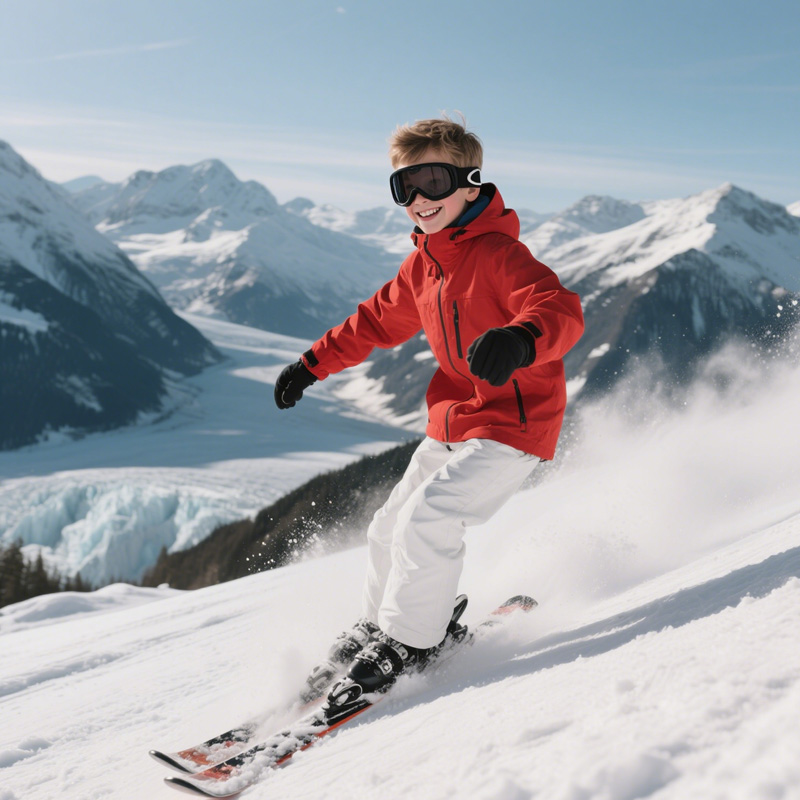
4. Key Considerations for Choosing Skiwear Fabrics
Selecting the right fabric involves aligning performance with skiing conditions and personal needs. Key factors include:
Waterproofing and Weather Resistance
- Standards: Gore-Tex and SympaTex offer 15,000–28,000 mm, ideal for heavy snow, while Pertex suits milder conditions (10,000 mm).
- Seams: Fully taped or welded seams, as in Gore-Tex jackets, prevent water ingress, per Curated.
Breathability and Moisture Management
- Activity Level: Polartec and Merino wool (15,000–30,000 g/m²/24h) excel for high-output skiing, while Gore-Tex suits moderate activity.
- Layering: Breathable base layers (Merino) and shells (Gore-Tex) ensure moisture escape, per REI.
Insulation and Thermal Performance
- Temperature: PrimaLoft and Polartec provide 0.8–1.5 CLO for sub-zero conditions, while Merino suits variable temperatures.
- Wet Conditions: PrimaLoft retains 98% warmth when wet, ideal for wet snow, per Wearce.
Durability and Longevity
- Denier: Gore-Tex (100D–200D) and Pertex (20D–80D) balance durability and weight, per Switchback Travel.
- Maintenance: DWR reapplication extends fabric life by 20%, per Outdoor Gear Lab.
Sustainability
- Eco-Friendly Options: SympaTex and PrimaLoft P.U.R.E. use recycled materials, reducing emissions by 15–50%, per Ski Magazine.
- Certifications: Bluesign and GRS ensure ethical production, as seen in BOWINS’ processes.
Cost and Value
- Budget: Pertex and SympaTex start at $100–$250, while Gore-Tex ranges from $400–$600.
- Longevity: Durable fabrics like Gore-Tex save 20% on replacements, per Workwear Advisor.
5. Conclusion
The skiwear fabric landscape is defined by innovation, performance, and sustainability, with Gore-Tex, Polartec, PrimaLoft, SympaTex, Pertex, and Merino wool leading the charge. Gore-Tex offers unmatched waterproofing for extreme conditions, Polartec excels in breathable insulation, and PrimaLoft provides wet-weather warmth. SympaTex and Pertex cater to eco-conscious and lightweight needs, while Merino wool delivers natural comfort for base layers. By prioritizing waterproofing, breathability, durability, and sustainability, skiers and retailers can select fabrics that enhance safety, comfort, and style. For custom skiwear solutions, contact manufacturers like Taian BOWINS Garment Co., Ltd. at bowinsgarment.com or explore brands like Arc’teryx and Patagonia to gear up for the slopes with confidence.
